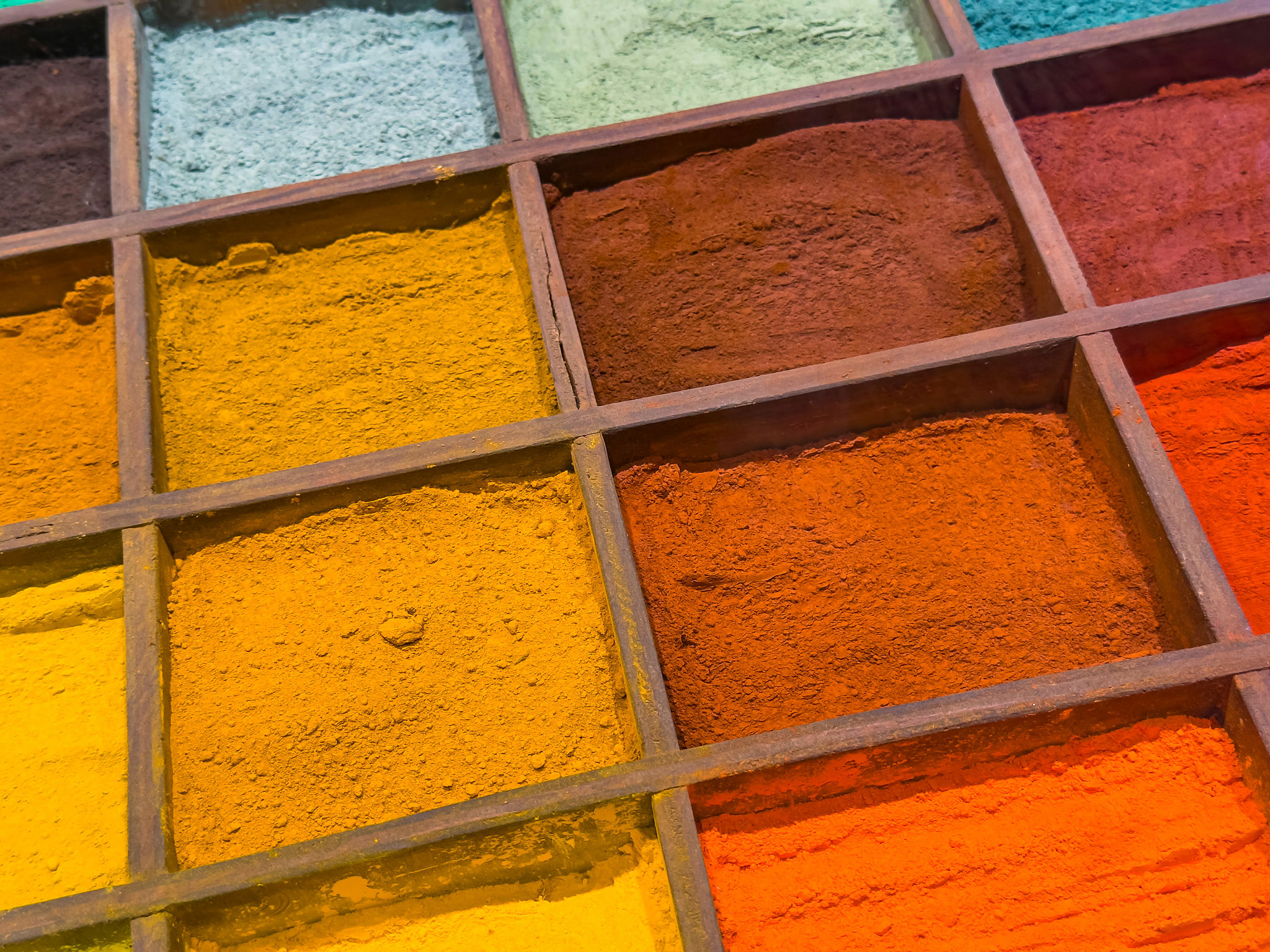Comparing Synthetic vs. Natural Pigments: What You Need to Know
The world of pigments is as colorful as the hues they produce. When it comes to choosing between synthetic and natural pigments, there are several factors to consider. Understanding the differences can help you make informed decisions whether you're in art, fashion, or cosmetics. Let's delve into the key aspects of each type.
Understanding Synthetic Pigments
Synthetic pigments are man-made and have been engineered to meet specific requirements. They are often developed in laboratories and can be designed to exhibit a wide range of colors. One of the primary advantages of synthetic pigments is their consistency and vibrancy.

Synthetic pigments are known for their durability and resistance to fading. This makes them an excellent choice for products that require long-lasting color, such as outdoor paints and automotive finishes. Additionally, they are often more cost-effective than natural pigments due to their mass production.
Pros and Cons of Synthetic Pigments
While synthetic pigments offer several benefits, they also come with some drawbacks:
- Pros: Consistent color, vibrant hues, cost-effective, long-lasting.
- Cons: Potential environmental impact, possible health concerns due to chemical components.
Exploring Natural Pigments
Natural pigments, on the other hand, are derived from plants, minerals, and other natural sources. They have been used for centuries and are prized for their authenticity and eco-friendliness. Artists and consumers often prefer them for their organic origin and unique, earthy tones.

Natural pigments are typically less vibrant than their synthetic counterparts but offer a unique depth and richness. They are often used in applications where a more subdued, natural look is desired, such as in eco-friendly cosmetics and traditional artworks.
Pros and Cons of Natural Pigments
Natural pigments also have their own set of advantages and disadvantages:
- Pros: Eco-friendly, non-toxic, unique colors, traditional appeal.
- Cons: Less vibrant, can be more expensive, may fade faster.
Choosing the Right Pigment for Your Needs
When deciding between synthetic and natural pigments, consider the specific requirements of your project. If you need consistent, vibrant colors that last, synthetic pigments might be the right choice. However, if you prioritize environmental concerns and prefer a natural aesthetic, natural pigments are likely more suitable.

Ultimately, both types of pigments have their place in various industries. By weighing the advantages and disadvantages, you can select the pigments that best align with your values and project goals.
Whether you're an artist seeking the perfect hue or a manufacturer looking for sustainable options, understanding the differences between synthetic and natural pigments is key to making an informed choice.
